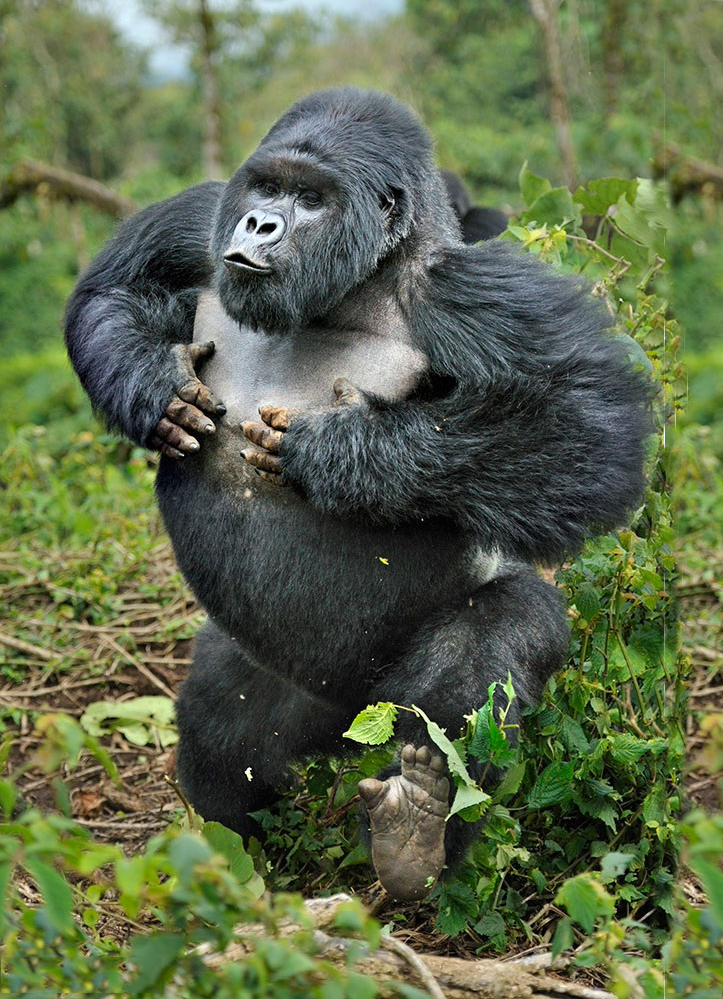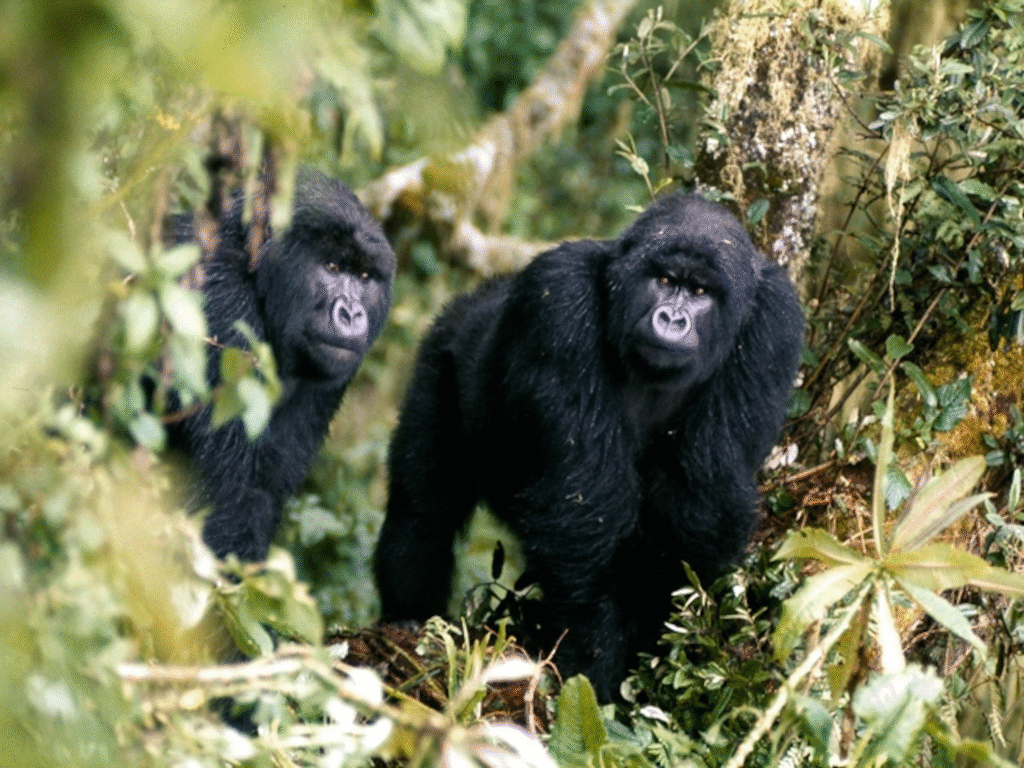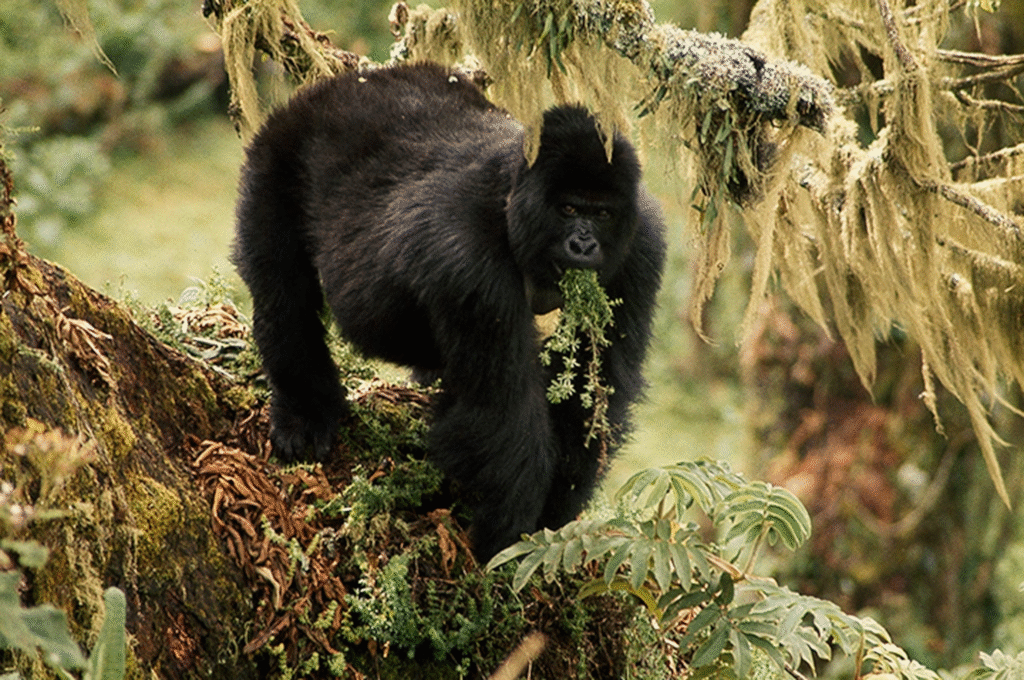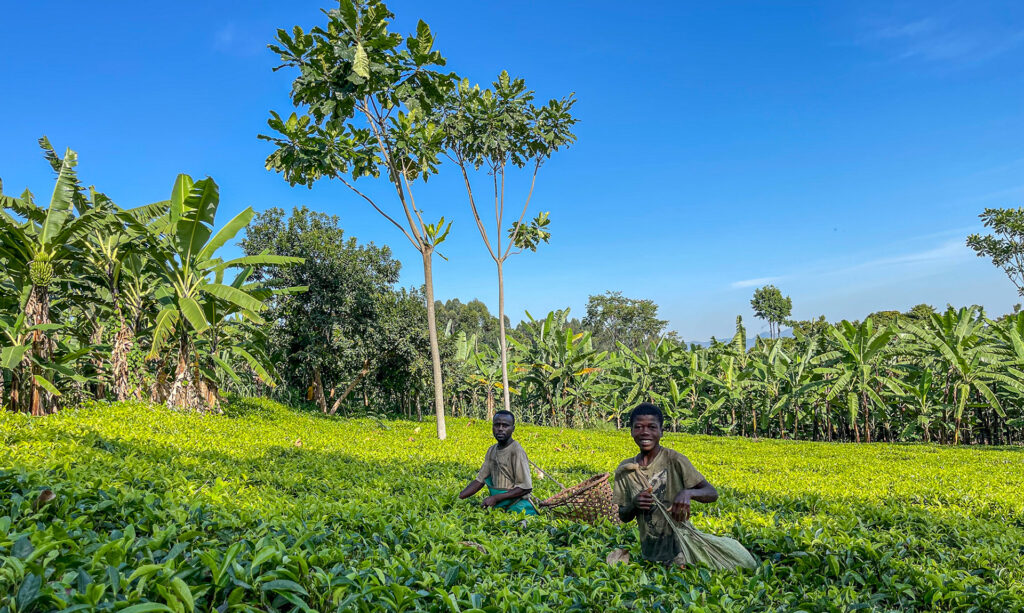Where the soul of the forest whispers in the mist
Stepping into the rainforest to meet Uganda’s mountain gorillas isn’t just another excursion — it’s a physical, emotional, and spiritual journey through one of the last true wildernesses on Earth. And like any great journey, it starts with being properly prepared. Knowing what to pack isn’t about following a list — it’s about understanding the terrain you’re walking into, respecting the wildlife you’re about to meet, and making sure nothing stands between you and the experience of a lifetime.
Gorilla trekking demands more from you than a typical nature walk. Trails wind through thick underbrush, slope up muddy hillsides, and dive into mist-shrouded valleys. One moment the sun breaks through the canopy; the next, rain falls without warning. It’s unpredictable, raw, and completely untamed — and that’s exactly why it’s unforgettable.
But the difference between a comfortable, focused trek and a frustrating, ill-equipped one often comes down to the gear you carry. The right boots can mean the difference between slipping or striding. A good rain jacket can keep you exploring when others are soaked and distracted. The right layers, gloves, and daypack? They turn your day into an adventure, not an ordeal.
This detailed packing guide for gorilla trekking in Uganda is built for travelers who want to be ready — not just to survive the trek, but to truly experience it. From essential clothing and footwear to must-have gear, protective items, and smart extras you never knew you needed, this is your roadmap to gearing up for the jungle the right way.
So lace up your boots, grab your camera, and prepare to meet the wild — this is where your gorilla trekking dreams and unforgettable safari adventures truly begin.
Truly Iconic Highlights in Uganda
Trek through Bwindi’s mystical rainforest and meet the endangered mountain gorillas in their breathtaking natural home.
Encounter mountain gorillas and golden monkeys on Mgahinga’s misty volcanic trails, where culture and alpine wildlife thrive together.
Unwind after your trek with a peaceful canoe ride across Lake Bunyonyi, Uganda’s most tranquil and scenic highland lake.
Enhance your gorilla trekking safari with an optional chimpanzee encounter in Uganda’s lush forests, adding depth and diversity to your primate adventure
What to Pack for Gorilla Trekking in Uganda – The Ultimate Expert Checklist for Your Jungle Adventure
Imagine standing in the heart of Uganda’s dense rainforest, mist curling around your boots, leaves dripping with dew, and the silence broken only by the distant rustle of a silverback gorilla. It’s a moment few will ever experience, and one you’ll never forget. But to get there — to that sacred, face-to-face encounter — you need more than just a plane ticket and a permit. You need to be prepared, equipped, and ready for the wild.
Packing for gorilla trekking in Uganda isn’t like preparing for a city break or a casual holiday. The rainforest is alive — it’s wet, muddy, thick with vegetation, and can shift from sunshine to downpour in minutes. That’s why knowing what to bring makes all the difference. From keeping dry in a tropical downpour to staying steady on steep, slippery slopes, every item in your backpack should serve a purpose.
This guide walks you through exactly what to pack for your gorilla trek, with insights gathered from expert guides, veteran trekkers, and the real-world experience of the Ugandan jungle. Whether you’re trekking in Bwindi or Mgahinga, this is your ultimate checklist.
Essential Clothing – Dress for the Forest, Not the Fashion
When it comes to gorilla trekking attire, function comes before fashion. You’ll be walking through thick brush, climbing over roots, crossing muddy trails, and sometimes even sliding down slopes. The goal is to stay dry, comfortable, and protected.
Long-sleeved shirt and long trousers – These protect you from insect bites, thorny branches, and the ever-present stinging nettles in Bwindi. Neutral earth tones are best — avoid bright colors and patterns.
Waterproof hiking boots – Arguably the most important item. Trails are often steep, muddy, and slippery. A solid pair of ankle-high, waterproof hiking boots with a good grip will support your feet and keep you stable.
Gaiters or long socks tucked into trousers – To protect against insects, mud, and ants. Gaiters are especially helpful if you’re trekking in the wet season.
Light rain jacket or poncho – Uganda’s rainforests live up to their name. Sudden showers are common, and staying dry helps you stay warm and energized throughout the hike.
Gloves (gardening or hiking style) – These are essential. You’ll be grabbing onto vines, trees, and the ground for balance, especially on steeper trails. Gloves protect your hands and improve your grip.
Wide-brimmed hat or cap – Sunlight may break through the canopy, and a hat keeps both sun and light rain off your face. Insects tend to avoid your face when it’s shaded, too.
What to Carry in Your Daypack
Your backpack should be lightweight but well-equipped. The items below are essential for comfort and preparedness on the trail.
1. Water (at least 2 liters) – Hydration is crucial. The combination of humidity and hiking can drain you quickly. Carry a reusable water bottle or hydration bladder.
2. Snacks and energy bars – While meals are usually provided before and after the trek, high-energy snacks help you refuel along the way, especially if your trek is long.
3. Waterproof backpack cover or dry bag – Protect your gear from rain, especially cameras, documents, and clothing layers.
4. Camera (with no flash!) – You’ll want to capture that moment, but be sure to disable the flash completely. Keep your camera dry and safely packed until the encounter.
5. Binoculars (optional) – Great for spotting birds, monkeys, or even getting a better look at gorillas from a distance.
6. Insect repellent – Mosquitoes and other insects are common, even during daytime. Apply repellent on exposed skin, especially around the neck, wrists, and ankles.
7. Sunscreen & lip balm – Even in misty forests, UV rays can be strong at altitude. Protect your skin and lips from sun and wind exposure.
8. Tissues and wet wipes – For muddy hands, sweat, or quick cleanups on the trail.
9. Basic first aid items – Blister plasters, painkillers, and any personal medications. While rangers carry emergency kits, it’s smart to be self-reliant.
Optional But Helpful Add-ons
Walking stick – Often provided by your lodge or the park office. It’s a game-changer for maintaining balance on steep or muddy paths.
Portable poncho – Even if you wear a rain jacket, a compact poncho offers full-body coverage and can be shared with your porter or gear if needed.
Small towel or handkerchief – To wipe away sweat or mist — small but incredibly useful.
Extra pair of socks – If your trek ends in soaked boots, dry socks afterward can be a gift from heaven.
Plastic or reusable bag – For your muddy shoes or wet clothing after the trek.
Hiring a Porter – Your Extra Pair of Hands
One of the smartest things you can do on your gorilla trek is hire a local porter. Not only will they help carry your backpack, but they’ll also offer support on tough stretches of the trail. Most porters are from nearby communities — many are former poachers who now protect the gorillas they once hunted. Hiring one is an act of ethical tourism that transforms lives.
More Gorilla Trekking Information to Know.
Gorilla trekking goes far beyond just the hike — it’s a deep, emotional journey into the heart of Africa’s last wild rainforests. Knowing the right timing, permits, fitness tips, and park details can turn your experience from good to unforgettable.
In the Realm of Giants – Bwindi & Mgahinga in Frames.
Wander through an elegant gallery capturing Uganda’s most exclusive gorilla sanctuaries, where ancient forests cradle the last mountain gorillas in a world of mist, mystery, and majesty.
Essential Planning Tips for Visiting Uganda’s National Parks.
Get ready for the wild heart of Africa with expert travel tips on when to visit, what to pack, where to go, and how to make the most of your safari across Uganda’s breathtaking national parks.
Why Uganda for Gorilla Trekking?
Uganda is not just a destination — it's the very soul of gorilla trekking. With over half of the world’s remaining mountain gorillas calling its misty forests home, Uganda offers the rarest encounters in their most authentic setting. Here, your journey is not rushed or crowded. Instead, you’re guided by experienced rangers through pristine jungles where gorillas live as they always have — wild, free, and magnificent
From insider travel insights to unforgettable trekking guides, our blog is your trusted path into Uganda’s wild heart — connecting you with mountain gorillas, breathtaking landscapes, and the soul-stirring adventures that make this land unlike any other.





